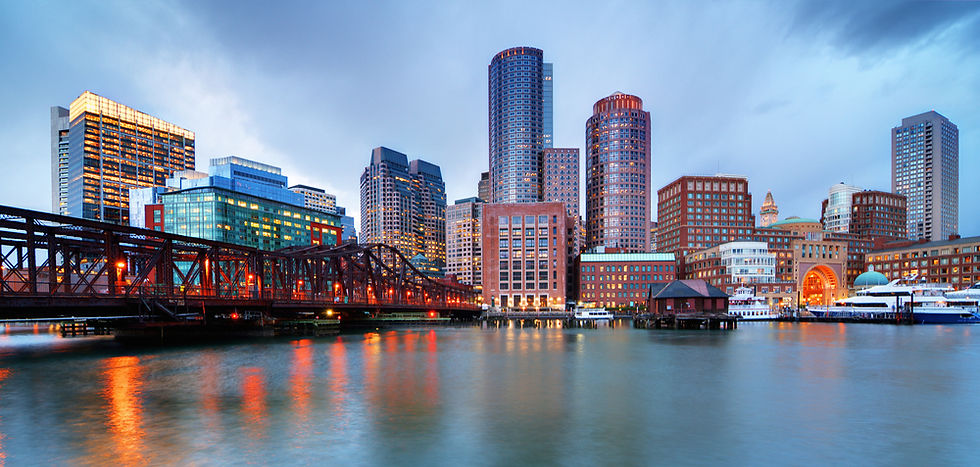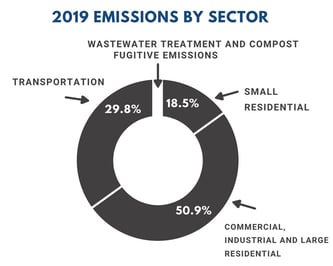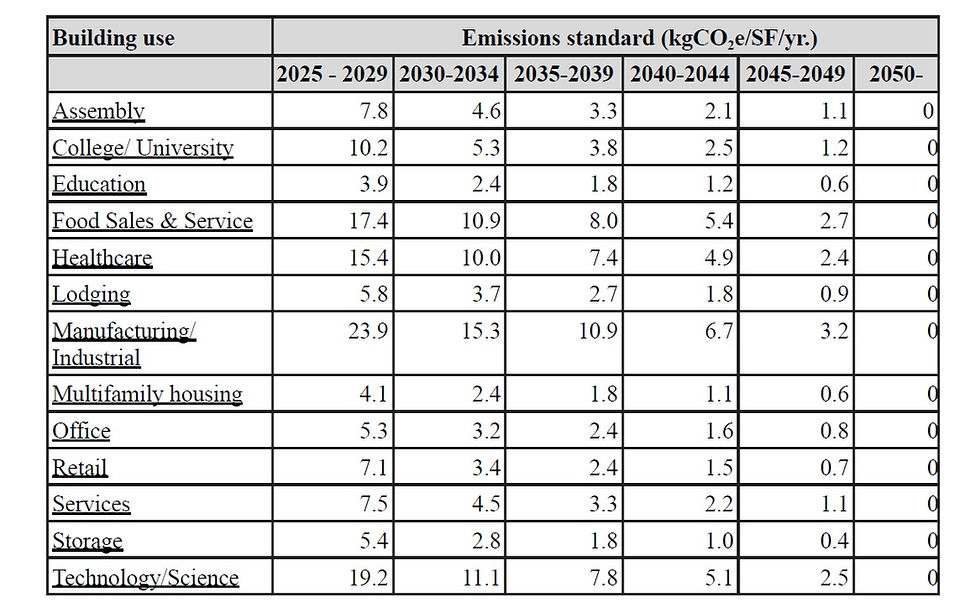- Nov 17, 2021
- 6 min read
Building Sustainability Highlight: Boston’s BERDO 2.0

A Step up from BERDO 1.0
Building owners and the City of Boston are familiar with the Building Energy Reporting and Disclosure Ordinance, known as BERDO. It was first introduced in 2013 as a required energy and water performance data collecting and reporting program for specific building portfolios.
Residential and non-residential buildings 35,000 square feet or larger must disclose their annual energy and water usage. This data is publicly disclosed on the City's website to help building owners understand their facilities’ energy performance compared to other Boston buildings. Property owners were also required to conduct energy-saving actions or complete an energy assessment to improve building operations and reduce carbon emissions every five years.
In addition to the reporting standards, the revamped BERDO version is phasing out the Energy Action and Assessment Requirement component to transition to a carbon emission compliance model.
Part of the Bigger Picture
BERDO 2.0 is a crucial component of Boston’s Climate Action Plan and as one of the 25 cities in The Bloomberg American Cities Climate Challenge to reach GHG reduction goals. A key strategy targets emission reductions from buildings, accounting for about 70% of citywide GHG emissions.

Now with Mayor-elect Michelle Wu, Boston’s climate efforts will continue to surge with Ms. Wu’s commitment to deep retrofits for energy efficiency and health buildings, total infrastructure decarbonization, and emphasizing environmental justice.
The BERDO Breakdown
The ordinance will cover residential and non-residential buildings 20,000 square feet or larger. Buildings between 20,000 and 35,000 square feet or residential buildings with 15 to 35 units will need to begin reporting their energy use in 2022 but will not comply with the emissions standards until 2031. However, buildings 35,000 square feet or high will have to comply starting in 2025.
Following the decreasing carbon limit during each milestone, the City of Boston published the carbon emission limits by building type until 2050 in the table below. Outlining the emission standard up to 2049 helps property owners have a long-term preview for emission compliance and can support planning for carbon reduction strategies.
Penalties for not complying with reporting and reducing emissions are not based on kg or ton of CO2eq exceeding the emission standard but rather a per-day basis of non-compliance. Fines will run at $300-$1,000 per day depending on square footage for not meeting the emission standards.
Additional compliance mechanisms will be allowed to supplement carbon emissions reduction not met by building operations. Mechanisms include unbundled RECs, obtaining electricity through the Boston municipal electricity aggregation program, Power Purchase Agreements from renewable energy sources, and Alternative Compliance Payments, a type of carbon offset program. However, how much the compliance mechanisms can contribute to the emission standard has not been defined.

Keeping the Momentum
As cities continue to be at the forefront of climate action, ambitious building policies are crucial to address urban carbon emission reductions. As New York City and Boston start leading into their first compliance periods in 4 years, documentation and transparency are essential to monitoring the effectiveness of these policies.
Celine Damide is a Clean Energy Data Analyst at Brightcore. She contributes to our sustainability blog, where we share insights on clean energy solutions for your business or institution, whether you have a fully formed corporate social responsibility plan or you are just starting to consider a renewable energy or energy efficiency strategy. Follow Celine and Brightcore Energy on LinkedIn and Twitter (@BCEnergy).


